Home>Ideas and Tips>How To Design A Butterfly-Shaped Herb Garden
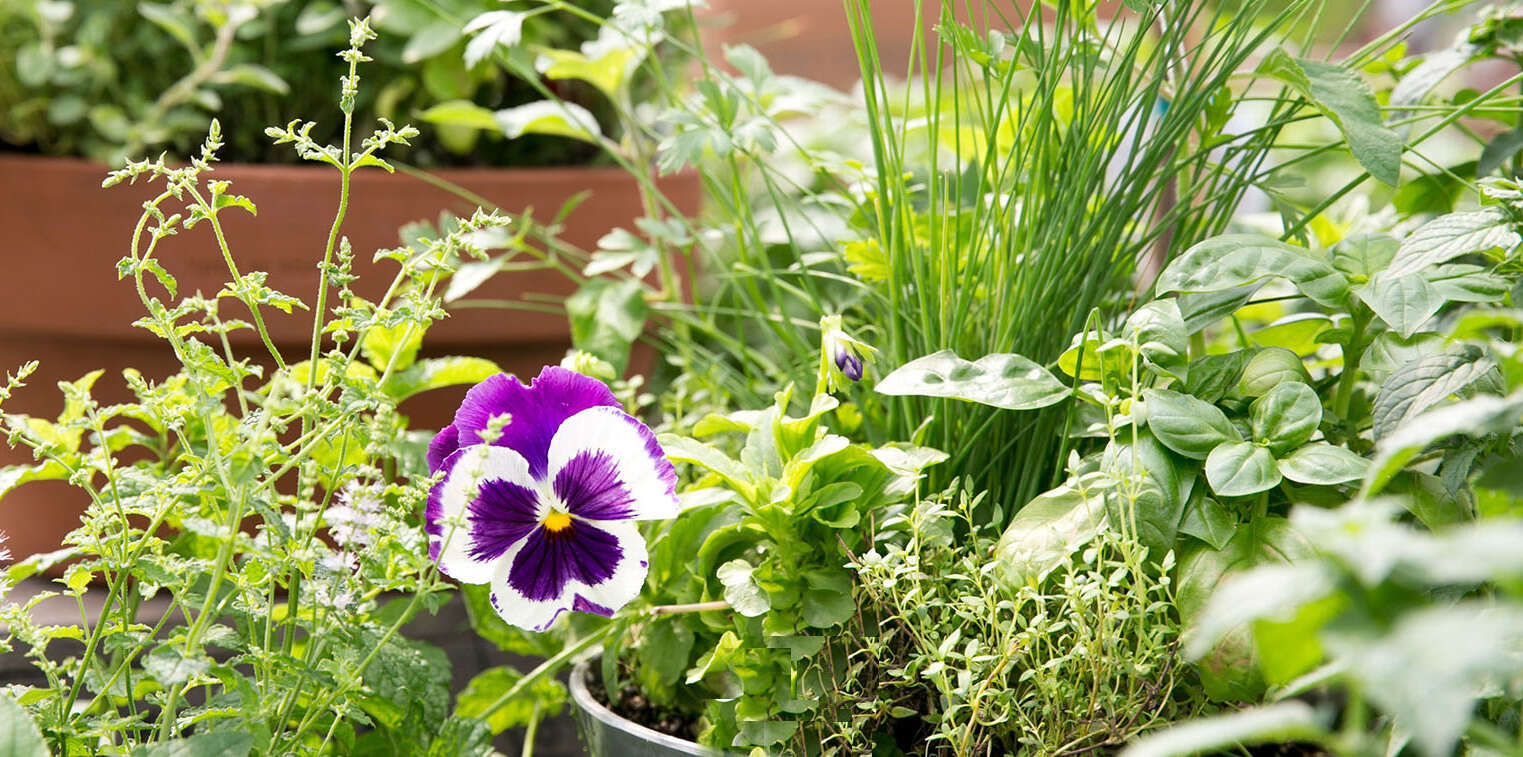

Ideas and Tips
How To Design A Butterfly-Shaped Herb Garden
Modified: October 20, 2024
Learn how to design a butterfly-shaped herb garden with our step-by-step guide. Discover herb selection, soil preparation, and creative design ideas.
(Many of the links in this article redirect to a specific reviewed product. Your purchase of these products through affiliate links helps to generate commission for Storables.com, at no extra cost. Learn more)
Creating a butterfly-shaped herb garden is a unique and visually appealing way to grow your favorite herbs. This design not only adds beauty to your garden but also provides a functional space for harvesting fresh herbs. In this article, we will guide you through the process of designing and building a butterfly-shaped herb garden, including the selection of herbs, soil preparation, and various design ideas.
Step 1: Choosing the Right Herbs
Before you start designing your butterfly-shaped herb garden, it's essential to choose the right herbs. Here are some popular herbs that are perfect for a butterfly garden:
- Evergreen Herbs: These herbs remain green year-round and provide a framework for your garden. Examples include sage, rosemary, thyme, and oregano.
- Perennial Herbs: These herbs come back year after year and include mint, chives, and lavender.
- Annual Herbs: These herbs need to be replanted every year but are essential for their flavor and fragrance. Examples include parsley, basil, and chamomile.
Why Choose These Herbs?
Each herb has its unique characteristics that make it suitable for a butterfly garden. For instance:
- Sage and Rosemary: These herbs are evergreen and can be used as a base for your garden. They are also great for cooking and can be used in various dishes.
- Mint and Chives: These perennial herbs are easy to grow and can be used in teas, salads, and as a garnish.
- Parsley and Basil: These annual herbs are essential for their flavor and fragrance. They can be used in salads, sauces, and as a garnish.
Tips for Choosing Herbs
When selecting herbs for your butterfly garden, consider the following tips:
- Climate: Choose herbs that are suitable for your climate. Some herbs like parsley and basil prefer warmer temperatures, while others like sage and rosemary can tolerate cooler temperatures.
- Sunlight: Most herbs require at least six to eight hours of sunlight per day. Ensure that the area where you plan to plant your herbs receives sufficient sunlight.
- Soil: Herbs prefer well-drained soil. If you have heavy clay soil or waterlogged soil, consider using raised beds or containers.
Read more: How To Design A Butterfly-Shaped Rain Garden
Step 2: Preparing the Soil
Preparing the soil is crucial for the health and growth of your herbs. Here are some tips for preparing the soil:
Improving Clay Soil
If you have heavy clay soil, it can be challenging for roots to grow. Here are some tips to improve clay soil:
- Add Compost: Compost can help improve the drainage of clay soil. You can make your own compost using kitchen scraps and leaf debris.
- Add Humus: Humus is a natural soil conditioner that can help improve the structure of clay soil.
Improving Sandy Soil
If you have sandy soil, it can drain too quickly, which may not provide enough moisture for your herbs. Here are some tips to improve sandy soil:
- Add Compost: Compost can help retain moisture in sandy soil.
- Add Organic Amendments: Slow-acting organic amendments like manure or peat moss can help retain moisture and improve soil structure.
General Tips for Soil Preparation
Here are some general tips for preparing the soil:
- Test Your Soil pH: Most herbs prefer a slightly acidic to neutral soil pH (around 6.0-7.0).
- Add Fertilizer: Use a fertilizer that is appropriate for root and bloom growth. Avoid using high-nitrogen fertilizers as they can promote leaf growth at the expense of root development.
Step 3: Designing the Butterfly-Shaped Herb Garden
Now that you have selected your herbs and prepared the soil, it's time to design your butterfly-shaped herb garden. Here are some design ideas:
The Classic Butterfly Design
The classic butterfly design is a simple yet elegant way to create a butterfly-shaped herb garden. Here’s how you can do it:
- Mark Out the Design: Use sand or a hose to mark out the shape of a butterfly on your garden bed.
- Plant the Herbs: Start planting your herbs from the center of the butterfly outwards. Use evergreen herbs like sage and rosemary as the base, perennial herbs like mint and chives in the middle, and annual herbs like parsley and basil towards the edges.
- Add Compost: Add compost to the bottom of the planting area to improve soil structure and drainage.
Spiral Herb Garden
A spiral herb garden is another popular design that adds a unique twist to your garden. Here’s how you can create one:
- Start with Stones: Begin by placing stones around the outside of your garden bed to create a spiral shape.
- Build the Spiral: Build up the sides of your garden bed using retaining rocks or pavers, increasing the height as you go.
- Plant the Herbs: Plant your herbs in a clockwise direction, starting with the tallest herbs at the top and spilling over along the curve. Use low-growing herbs like thyme along the lowest levels.
Checkerboard Design
A checkerboard design is a modern and contemporary way to arrange your herbs. Here’s how you can create one:
- Use Alternating Colors: Use alternating color squares of a checkerboard to design low-growing herbs in a modern space.
- Use Square Pavers: Another way to achieve this pattern is with square pavers as alternating blocks with other blocks of either varied herbs or all the same variety.
Hillside Terraces
If you have slopes in your garden, consider creating hillside terraces to grow your herbs. Here’s how you can do it:
- Terrace the Incline: Terrace the incline (or decline) with retaining walls.
- Use Tall Herbs: Use tall herbs at the back and those which you most desire to clip towards the front.
Knot Gardens
Knot gardens are highly labor-intensive but can be very decorative. Here’s how you can create one:
- Use Formal Plantings: Use formal plantings with even blocks of plantings lined up across the front yard fence or divided by simple pathways.
- Fill Each Square: Fill each square with one variety of a favorite herb.
Step 4: Planting the Herbs
Now that you have designed your butterfly-shaped herb garden, it's time to plant the herbs. Here are some tips for planting:
Planting in Containers
If you don’t have room in a sunny space, consider growing your herbs in containers. Here are some tips for planting in containers:
- Choose Large Pots: Use very large pots to give the roots room and reduce the amount of watering time.
- Add Compost: Add compost to the soil before planting to improve drainage and structure.
Planting in Raised Beds
Raised beds are another popular way to grow herbs. Here are some tips for planting in raised beds:
- Line the Bottom: Line the bottom of the raised bed with a layer of compost or mulch to improve drainage.
- Plant the Herbs: Plant your herbs in rows or blocks, depending on the design you have chosen.
Step 5: Maintaining Your Butterfly-Shaped Herb Garden
Maintaining your butterfly-shaped herb garden is crucial for its health and longevity. Here are some tips for maintaining your garden:
Watering
Herbs require consistent moisture, especially when they are young. Here are some tips for watering:
- Water Regularly: Water your herbs regularly, but avoid overwatering which can lead to root rot.
- Mulch Around Plants: Mulch around plants to retain moisture and suppress weeds.
Pruning
Pruning is essential for maintaining the shape and health of your herbs. Here are some tips for pruning:
- Prune Regularly: Prune your herbs regularly to encourage bushy growth and prevent them from becoming leggy.
- Use Shears: Use shears or scissors to prune your herbs, depending on the type of herb you are pruning.
Pest Control
Pests can damage your herbs and reduce their yield. Here are some tips for controlling pests:
- Use Natural Methods: Use natural methods like neem oil or insecticidal soap to control pests.
- Encourage Beneficial Insects: Encourage beneficial insects like bees and butterflies by planting nectar-rich flowers around your herb garden.
Conclusion
Creating a butterfly-shaped herb garden is a fun and rewarding project that can add beauty and functionality to your garden. By selecting the right herbs, preparing the soil, designing the garden, planting the herbs, and maintaining the garden, you can enjoy fresh herbs all year round. Whether you choose a classic butterfly design, a spiral herb garden, a checkerboard design, hillside terraces, or a knot garden, each design offers unique benefits and challenges. With these tips and guidelines, you can create a stunning butterfly-shaped herb garden that will attract pollinators and provide you with fresh herbs for cooking and medicinal use.
By following these steps and tips, you can create a beautiful and functional butterfly-shaped herb garden that will bring joy and freshness to your home. Happy gardening
Was this page helpful?
At Storables.com, we guarantee accurate and reliable information. Our content, validated by Expert Board Contributors, is crafted following stringent Editorial Policies. We're committed to providing you with well-researched, expert-backed insights for all your informational needs.
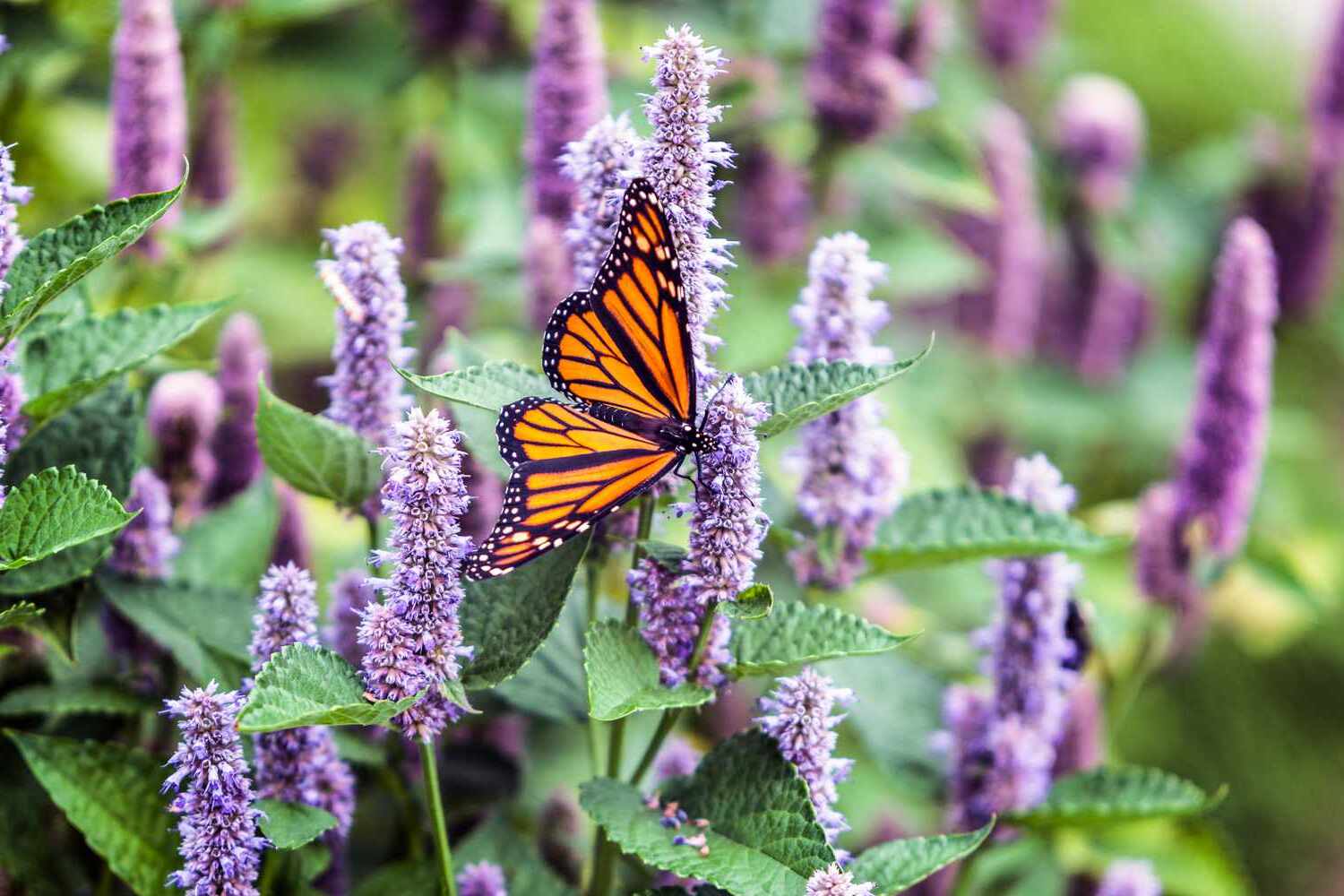
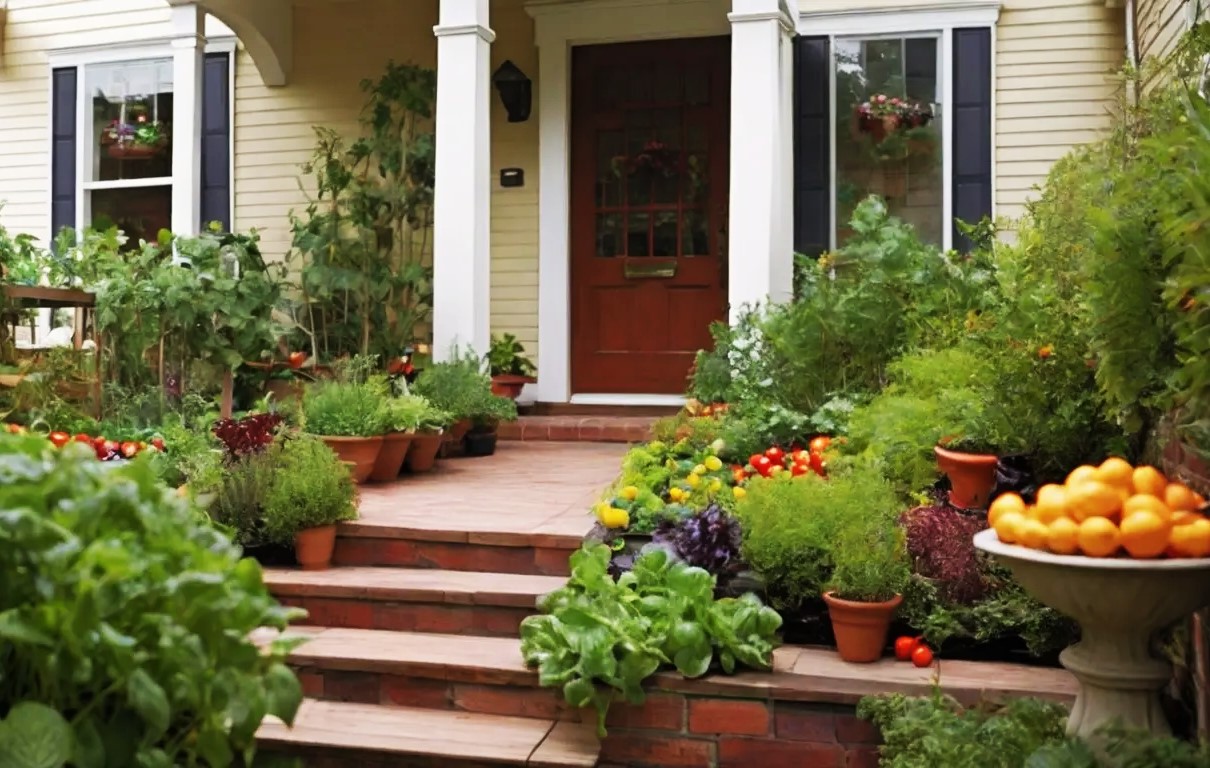
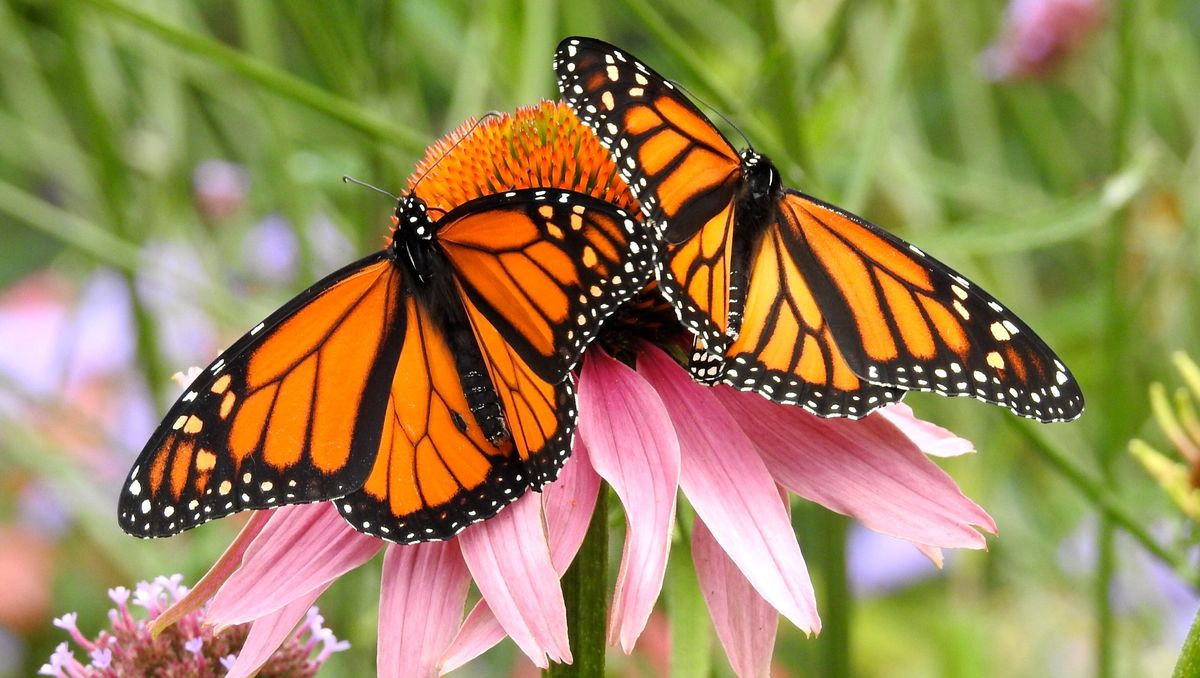
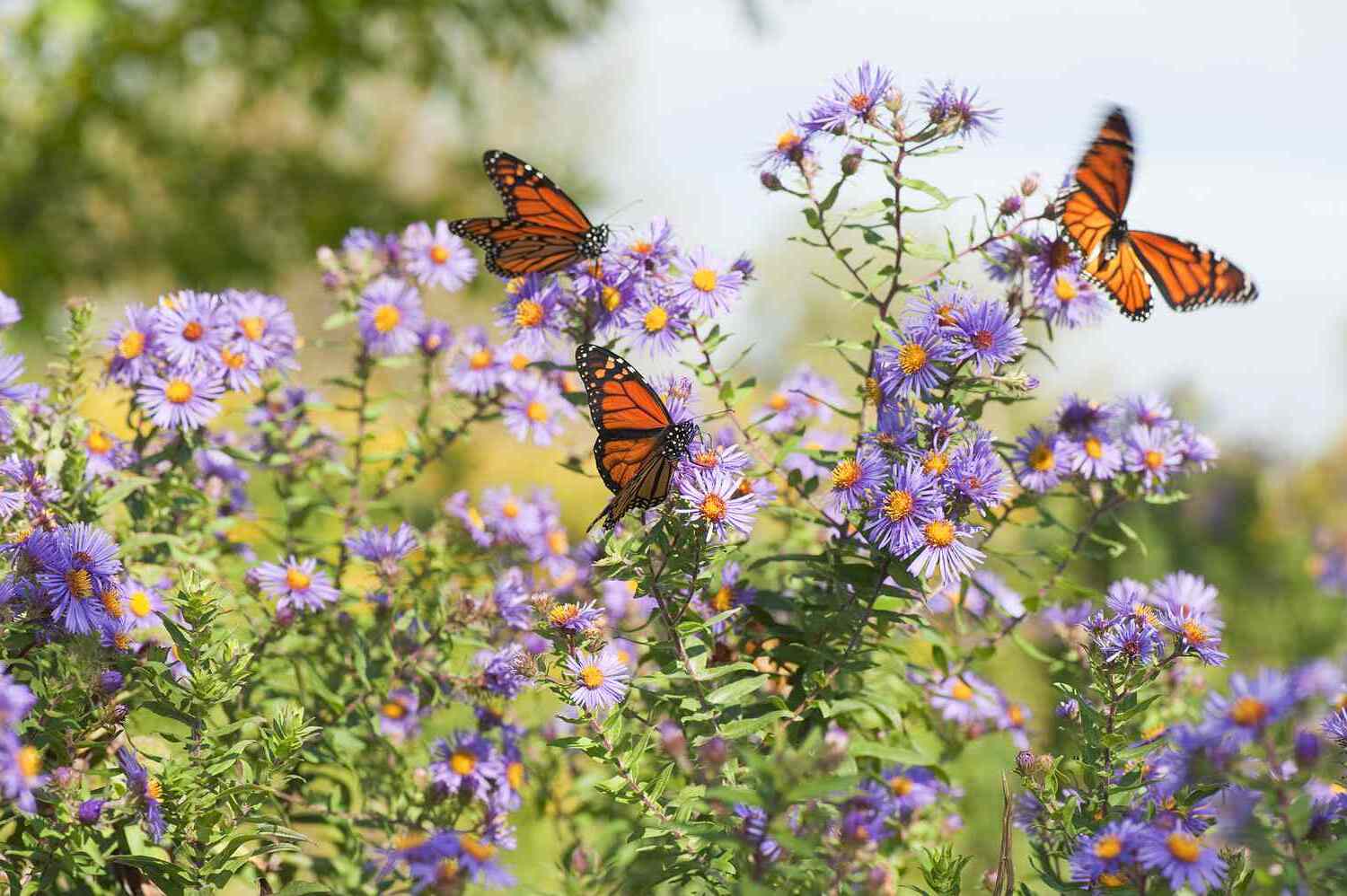
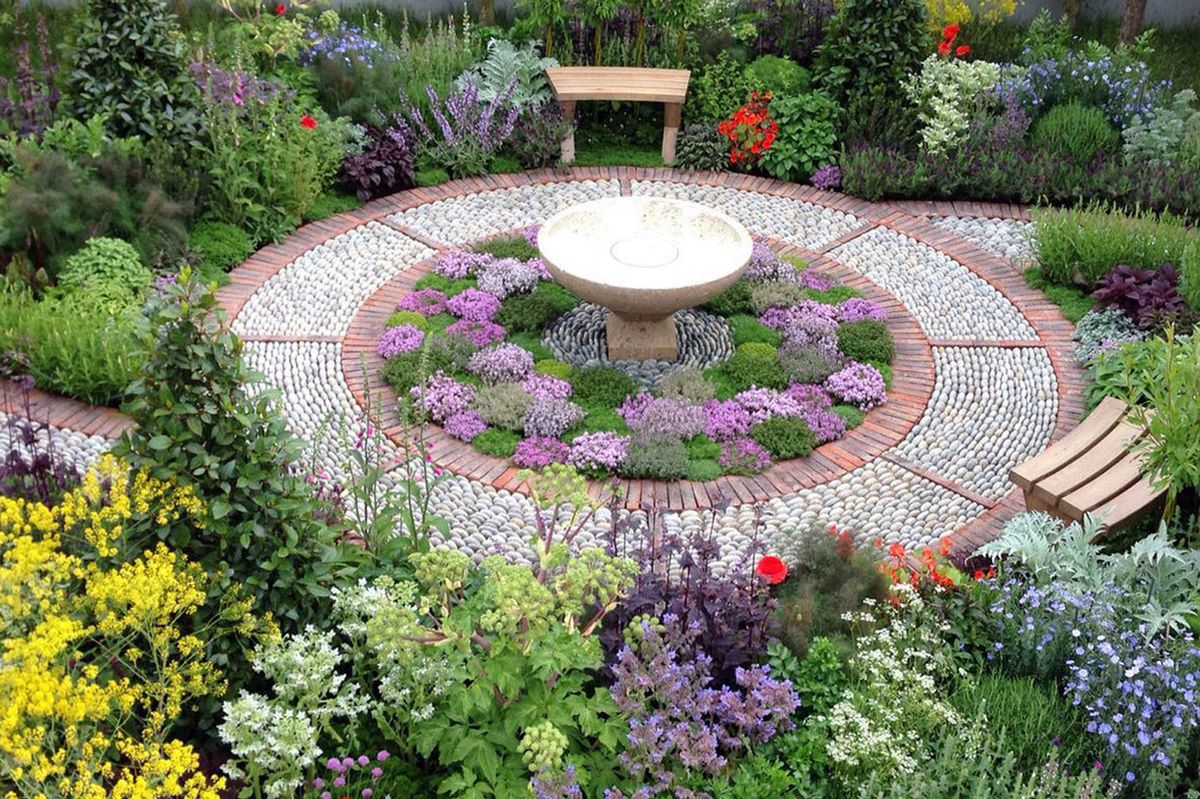
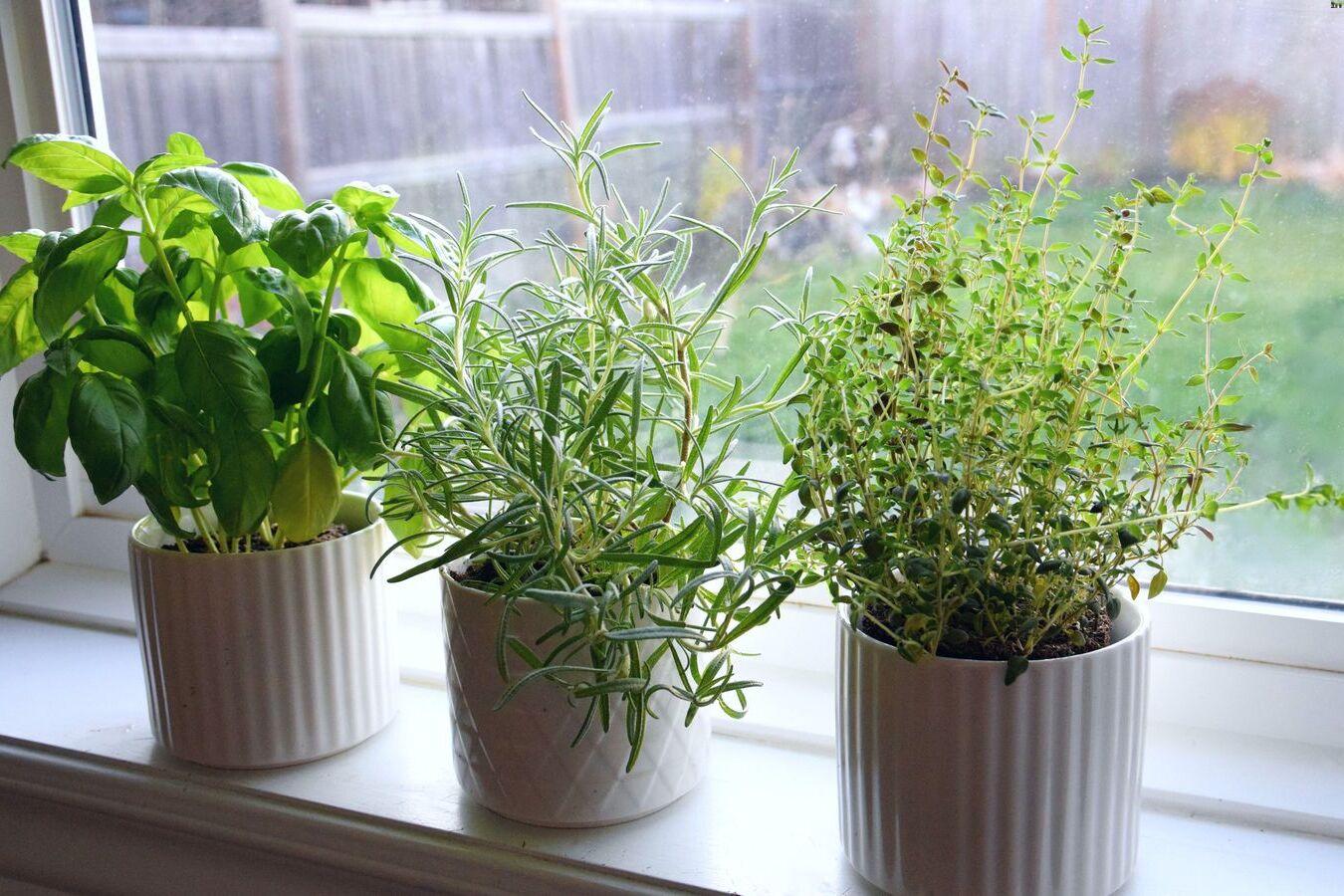
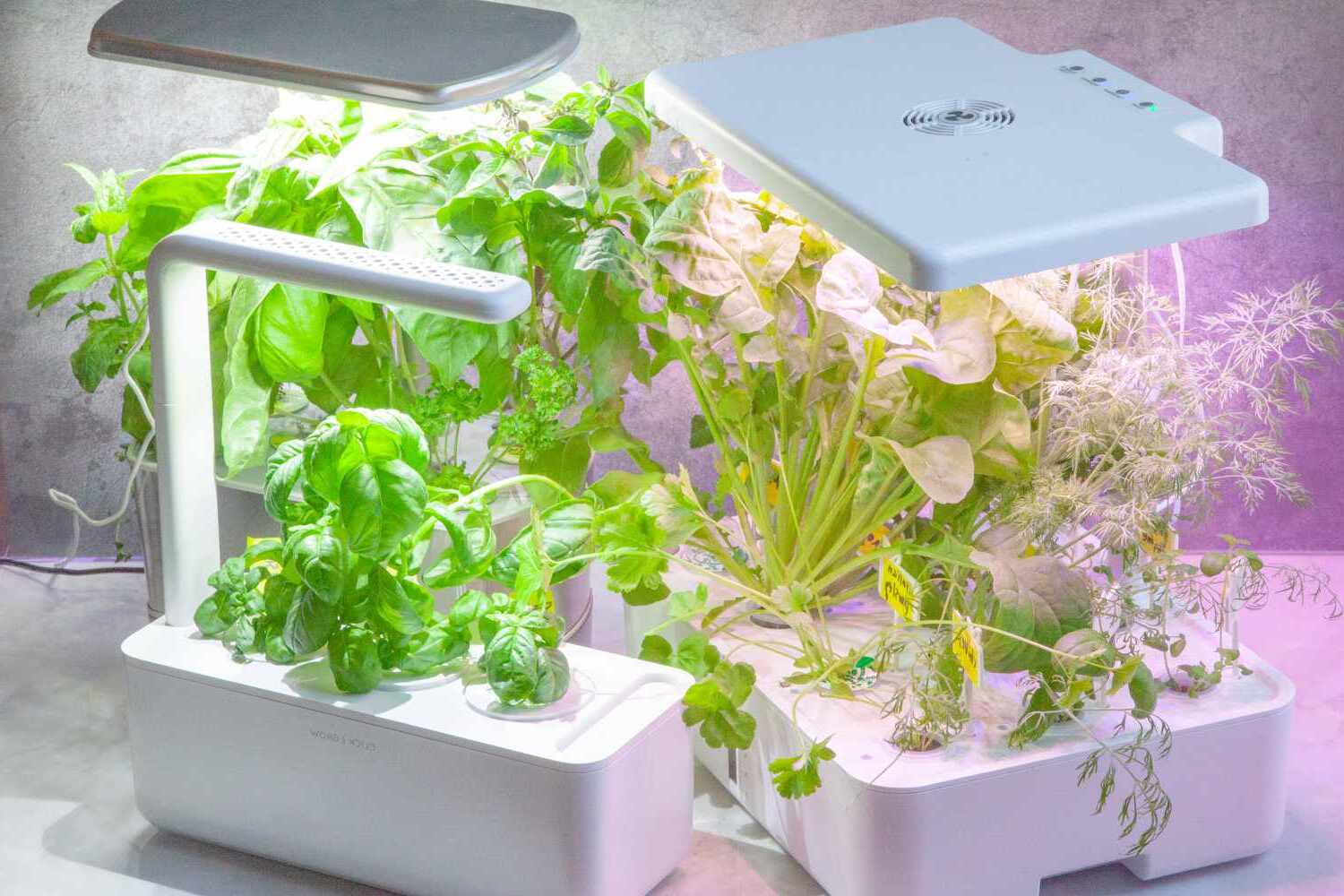
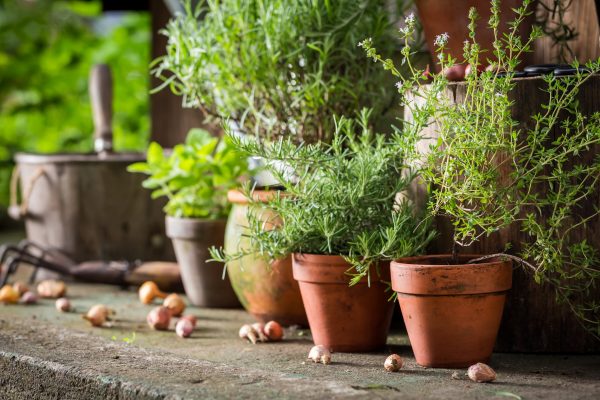
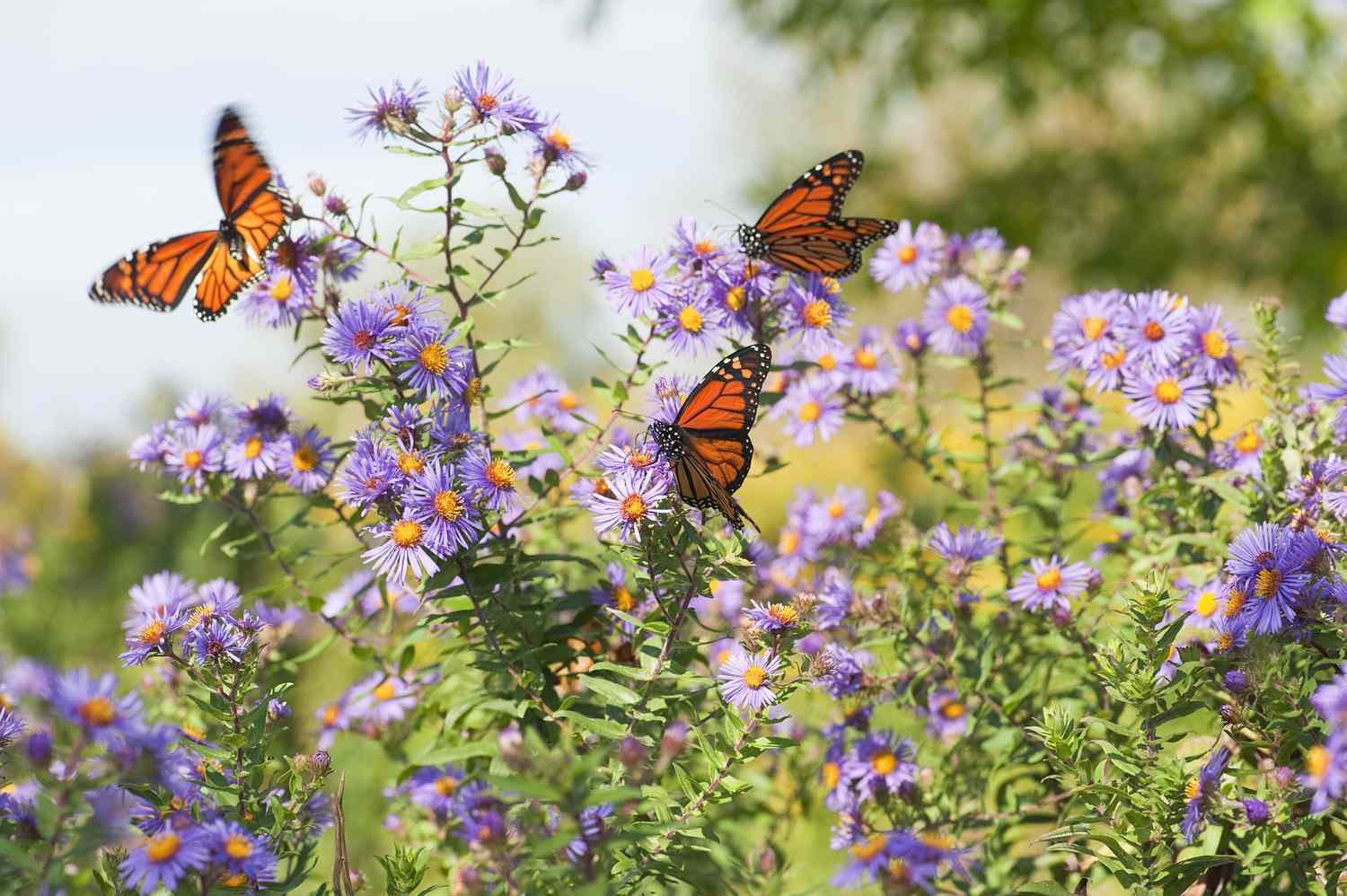
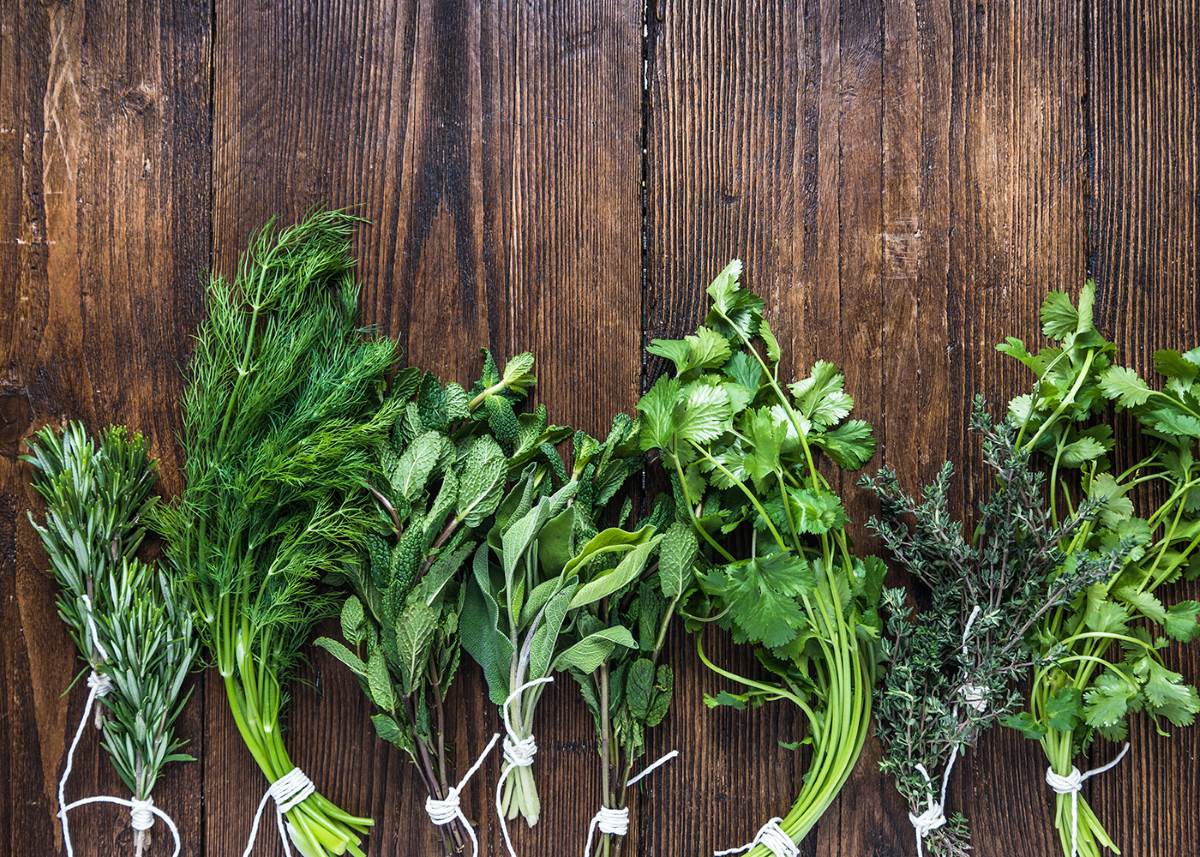
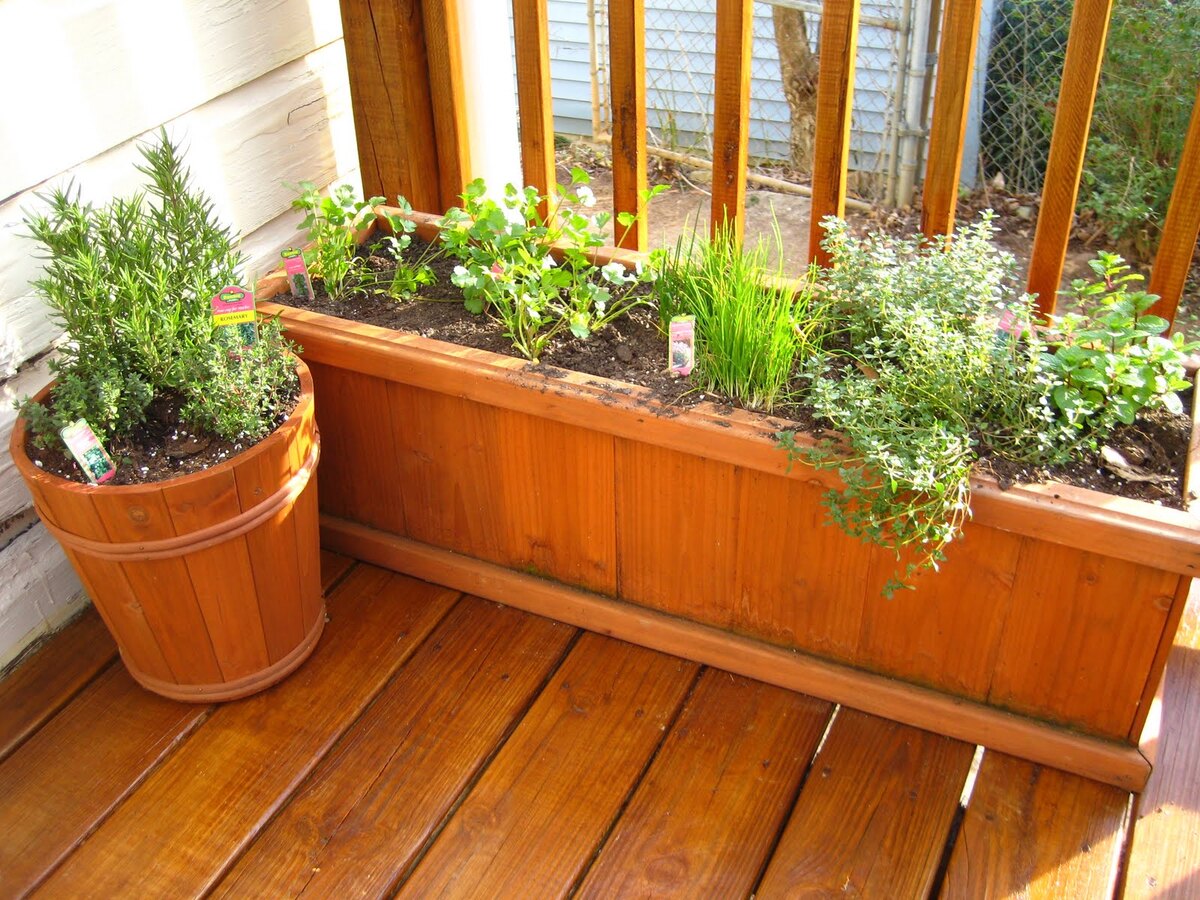
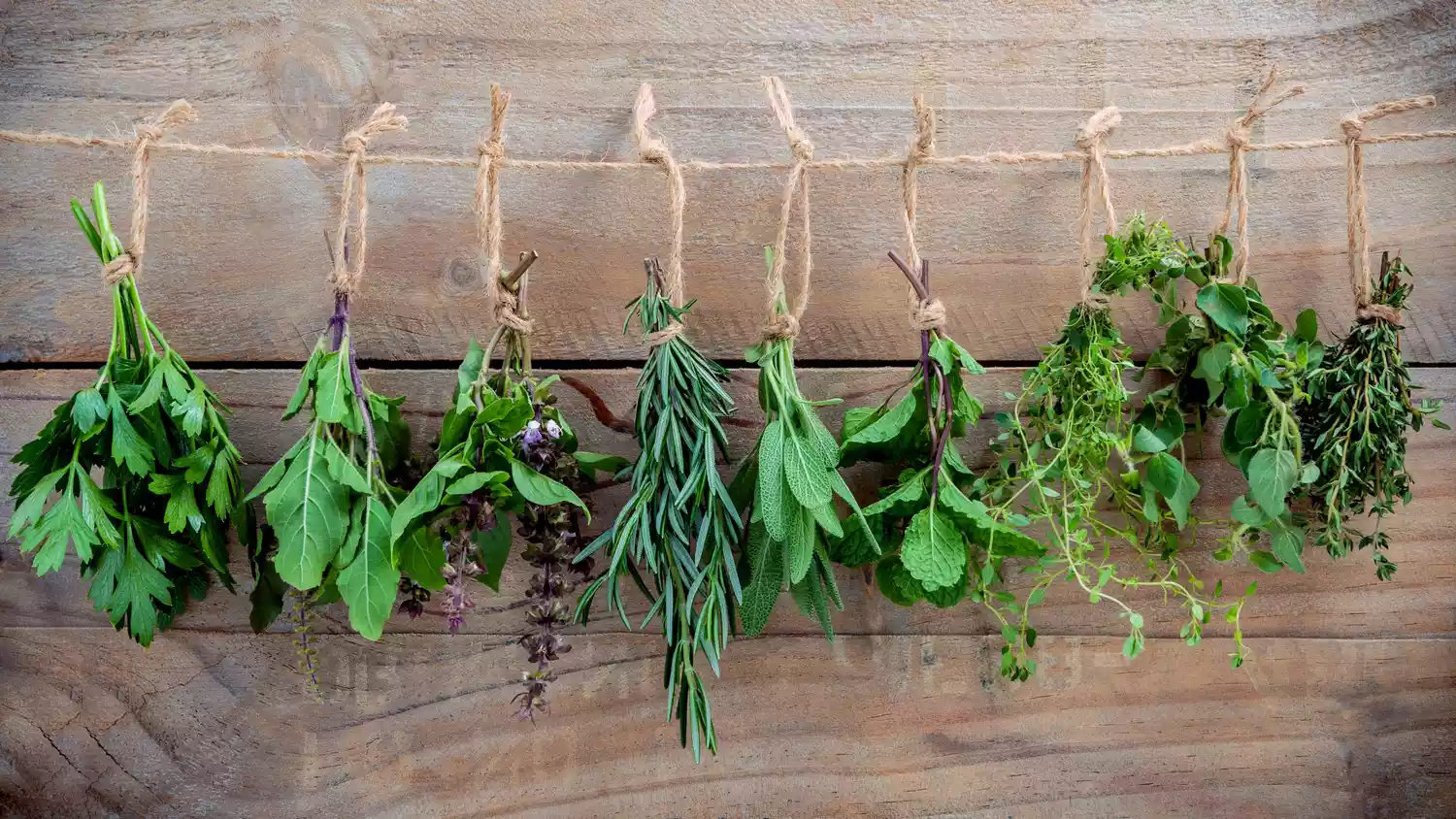
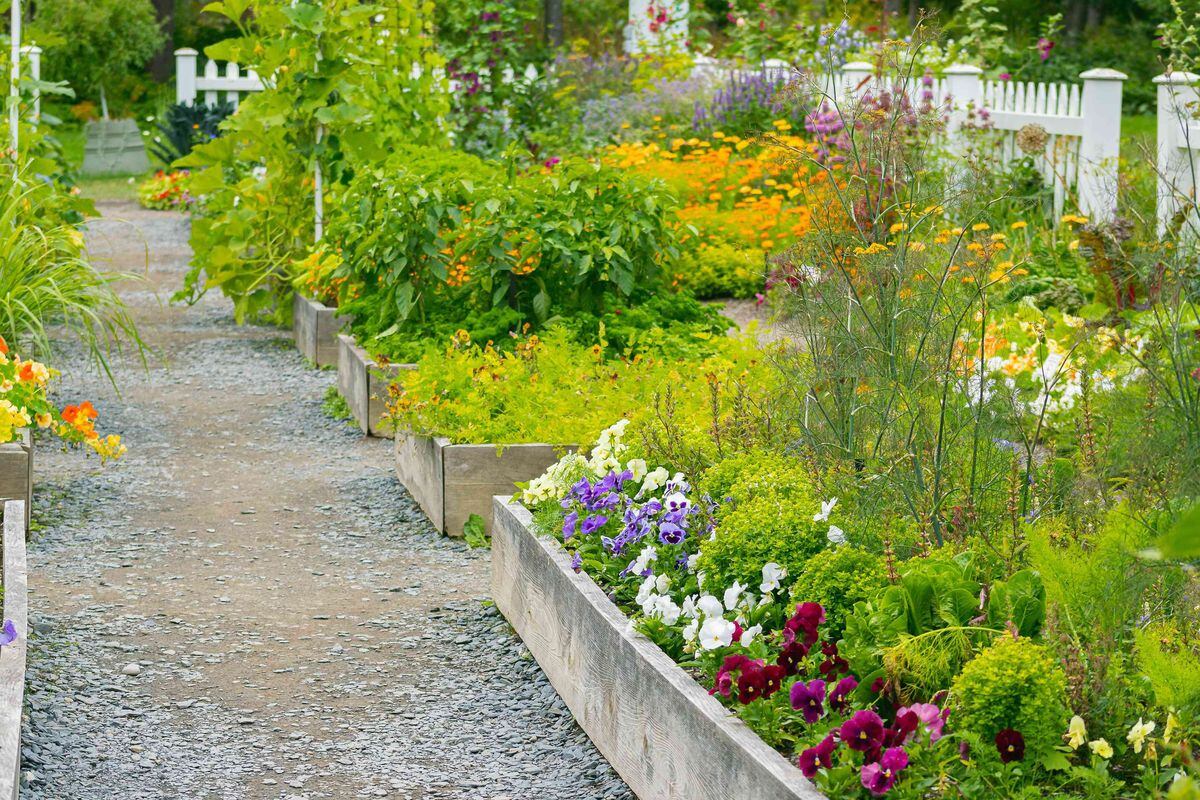
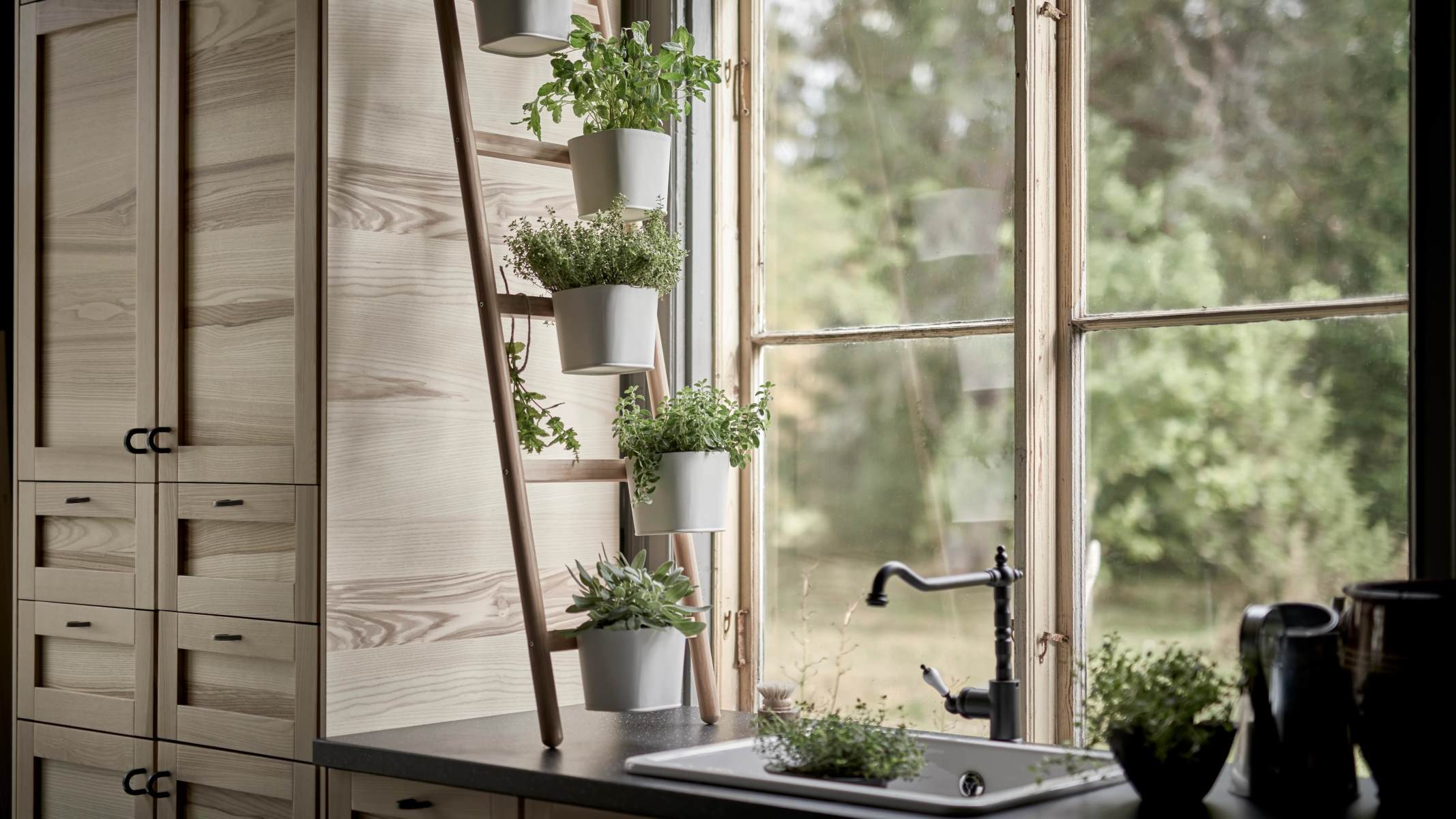

0 thoughts on “How To Design A Butterfly-Shaped Herb Garden”